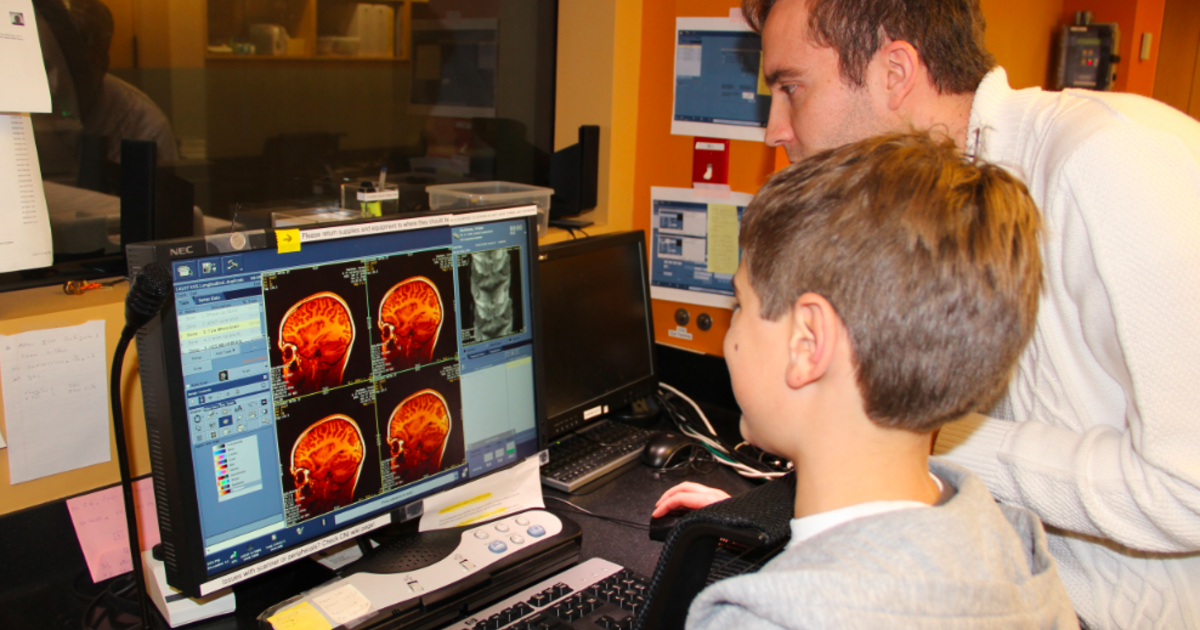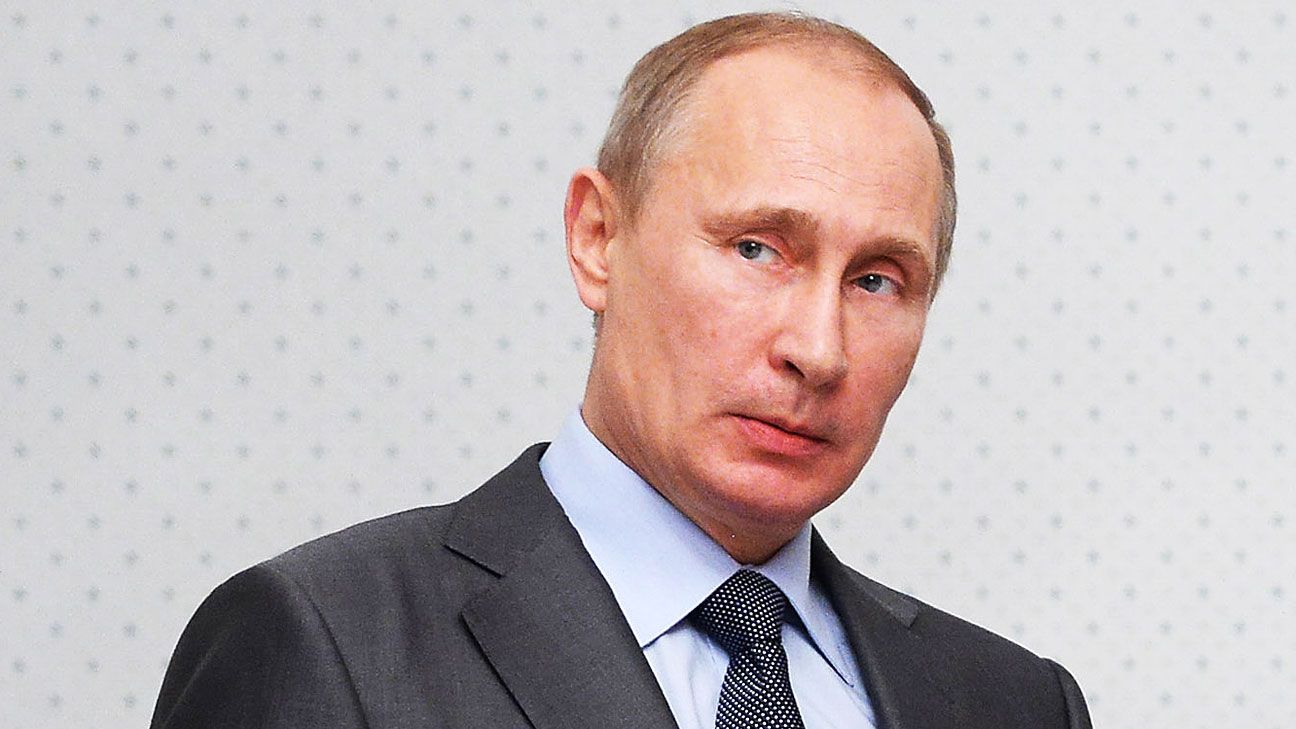What went wrong with Charlotte’s snow forecast?
Hundreds of thousands of Charlotte-area residents who went to bed Friday night, expecting to see snow-covered yards Saturday morning, awoke instead to a crust of ice over an otherwise-barren landscape.
The National Weather Service predicted snowfall of 4-8 inches across Mecklenburg County, but less than an inch was on the ground at Charlotte’s official reporting station, Charlotte Douglas International Airport, when daybreak arrived.
What went wrong?
“Storm shifted northwest at last minute,” WBTV meteorologist Al Conklin tweeted to one area resident Saturday morning. “It happens. It’s weather.”
Or, as Conklin told viewers, “Weather is not a perfect science.”
Charlotte’s loss was the northern Piedmont and foothills’ gain. Places like Statesville, Hickory and Lenoir, where 3-5 inches were expected, instead got double that amount.
The busted forecast was similar to a storm in February 2015, which was expected to bring 4 or more inches to Charlotte – and didn’t. In both cases, the rain-snow dividing line was 25 to 50 miles farther north than predicted.
Meteorologists base much of their forecasts on computer models. Those are programs that take atmospheric data, add in results from past events, and produce forecasts.
Earlier in the week, computer models showed a major winter storm affecting the Carolinas. The models also showed cold air from an arctic mass reaching the Carolinas before the precipitation arrived.
By late Thursday, one model – the North American (or NAM) – began predicting the low pressure system would cross Florida near Jacksonville. That is farther north than other models were forecasting. In addition, the NAM showed colder air not arriving as quickly as the other models showed.
Throughout the day Friday, the NAM stuck to its guns, showing a lot of rain and sleet for places like Charlotte and Raleigh. The other models predicted heavy snow.
Charlotte’s TV meteorologists began preparing residents by late Friday afternoon, cautioning that snowfall totals south of the city could be much less than earlier predicted.
On Saturday morning, meteorologists like Conklin and the National Weather Service’s Trisha Palmer noted that the cold air was playing catch-up with the precipitation to the southeast of I-85.
As Palmer noted, “I’m guessing that probably half of the residents across the area are happy with us right now, and the other half not so happy.”
The air finally got cold enough for a final area of precipitation from the storm to fall as snow Saturday morning in Charlotte. But the overall impact of the system was far different than expected.
© Source: http://www.charlotteobserver.com/news/local/article125140814.html
All rights are reserved and belongs to a source media.


 But it was the realisation in the late 1970s and early 1980s that the world was in the throes of previously unrecognised pandemics of genital herpes and AIDS, that really propelled the term into the mainstream.
But it was the realisation in the late 1970s and early 1980s that the world was in the throes of previously unrecognised pandemics of genital herpes and AIDS, that really propelled the term into the mainstream.
 It’s generally been thought that the brain doesn’t grow in adulthood – that we start off life with extra brain tissue and it “self-prunes” away within a few years after birth.
It’s generally been thought that the brain doesn’t grow in adulthood – that we start off life with extra brain tissue and it “self-prunes” away within a few years after birth. 
 An electric automobile during a CES tech uncover has taken the eco-friendly certification to a new extreme.
An electric automobile during a CES tech uncover has taken the eco-friendly certification to a new extreme. 
 Posted 35 minutes ago
Posted 35 minutes ago 
 The suspect, identified by police as 26-year-old Esteban Santiago, was in custody and being questioned by the FBI over the shooting that shut down the international airport that is a gateway to the Caribbean.
The suspect, identified by police as 26-year-old Esteban Santiago, was in custody and being questioned by the FBI over the shooting that shut down the international airport that is a gateway to the Caribbean.
 Intelligence officials believe that Russian hacking efforts made against the United States were done in part as retaliation for a World Anti-Doping Agency investigation that led to dozens of Russians being banned from the Rio de Janeiro Olympics.
Intelligence officials believe that Russian hacking efforts made against the United States were done in part as retaliation for a World Anti-Doping Agency investigation that led to dozens of Russians being banned from the Rio de Janeiro Olympics. 
 Four black people filmed taunting and beating a mentally disabled white man have been refused bail, with a judge in Chicago saying they are accused of such « terrible actions » that they are a danger to society.
Four black people filmed taunting and beating a mentally disabled white man have been refused bail, with a judge in Chicago saying they are accused of such « terrible actions » that they are a danger to society.
 Heavy gunfire has erupted at a military camp in Ivory Coast’s largest city Abidjan, witnesses said, in a sign that a mutiny could be escalating despite government efforts to bring it to a swift end.
Heavy gunfire has erupted at a military camp in Ivory Coast’s largest city Abidjan, witnesses said, in a sign that a mutiny could be escalating despite government efforts to bring it to a swift end.
 Costly 401(k) fees and mistakes that can jeopardize your retirement
Costly 401(k) fees and mistakes that can jeopardize your retirement 

